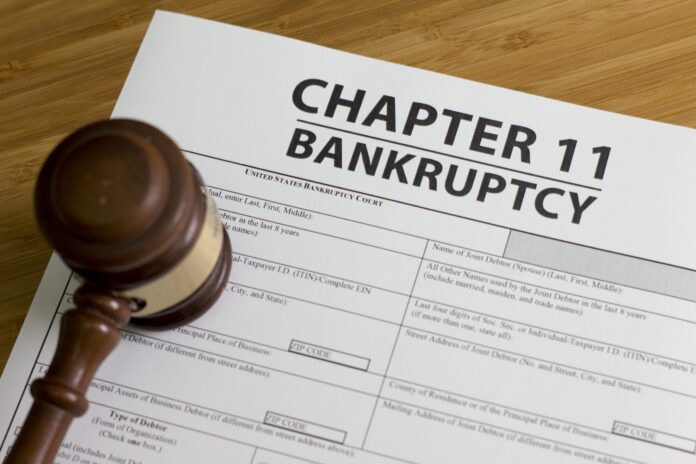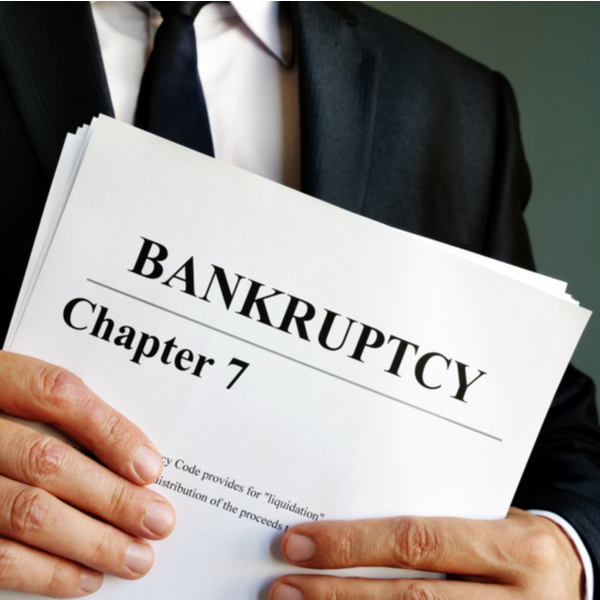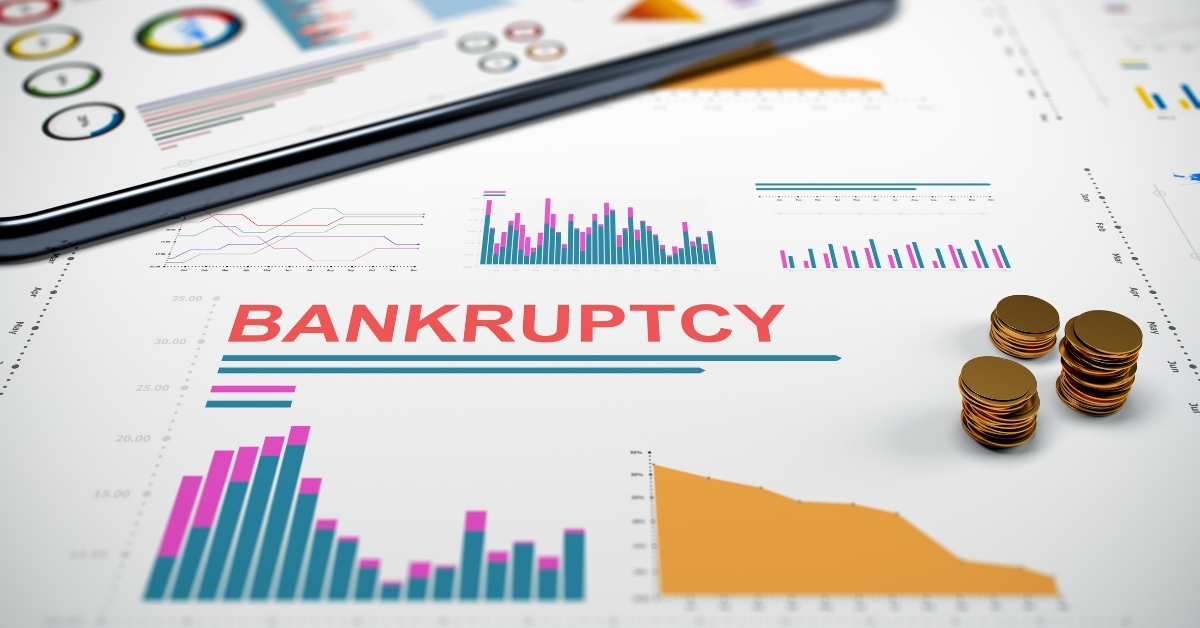Corporate bankruptcy is a legal process that allows financially distressed businesses to reorganize or liquidate their assets to address overwhelming debt. While often seen as a negative event, it plays a vital role in the economy by providing struggling companies a chance to recover or to close operations orderly, minimizing adverse effects on creditors and employees.
By facing the financial reality and taking necessary action, companies can resolve their financial problems and regain stability. Understanding the fundamentals of corporate bankruptcy is crucial for business owners, investors, creditors, and employees to navigate these challenging waters effectively.

Assessing Financial Distress: Identifying Warning Signs and Triggers
Recognizing the early warning signs of financial distress is vital in averting potential bankruptcy. Dwindling cash flow, mounting debts, declining sales, inability to meet financial obligations, and frequent borrowing to stay afloat are some red flags. Additionally, external triggers such as legal actions by creditors, breach of loan agreements, and substantial economic downturns can also force a company into bankruptcy. Timely identification of these indicators can help businesses take corrective measures or consider the appropriate options before the situation becomes irreparable.
Preparing for Bankruptcy: Gathering Essential Financial Documents

Once a business acknowledges financial distress and considers bankruptcy, preparation becomes the key to a successful resolution. Gathering all relevant financial documents, including tax returns, financial statements, creditor information, contracts, and a list of assets and liabilities, is crucial. Organizing this information not only assists attorneys in understanding the company’s financial standing but also expedites the process, enabling swift action when required.
Seeking Professional Advice: Engaging Attorneys and Experts

Navigating corporate bankruptcy is complex and requires the expertise of attorneys and financial advisors. Engaging professionals with experience in law, such as Franci Neely, helps businesses make informed decisions, choose the appropriate bankruptcy chapter, and ensure compliance with legal requirements.
These experts, like Franci Neely, can provide valuable insights and explore alternative solutions, such as out-of-court settlements, to resolve financial difficulties before resorting to formal proceedings. Their knowledge and experience can be instrumental in guiding businesses through the intricate process of bankruptcy and increasing the likelihood of a successful reorganization or resolution.
Evaluating Options: Chapter 7, 11, or 13 Considerations
When facing financial distress, businesses must carefully evaluate their options: Chapter 7, 11, or 13. Chapter 7 involves liquidation, where assets are sold to repay creditors, providing a fresh start. Chapter 11 offers a reorganization plan, allowing businesses to continue operations and repay debts over time. On the other hand, Chapter 13 is primarily designed for individuals with a regular income, offering a repayment plan to settle debts over three to five years.
Choosing the right option requires a thorough assessment of the company’s financial situation, future goals, and the desire to restructure or liquidate, ensuring the most appropriate path is taken to navigate through financial turmoil.
Initiating the Process: Filing the Necessary Legal Documentation

Once a bankruptcy chapter is selected, the business must initiate the filing process. This involves submitting a petition to the insolvency court, including all financial information and other required documentation. Upon filing, an automatic stay comes into effect, providing immediate protection from creditor actions and collections. Timely and accurate filing is crucial to prevent any delays in the proceedings and to ensure the company’s assets and operations are adequately protected.
Automatic Stay Protection: Halting Creditor Actions and Collections
Automatic stay protection is a crucial aspect of corporate bankruptcy. Once a case is filed, the automatic stay comes into effect, halting all creditor actions and collections against the debtor. This powerful legal provision gives the distressed company a breathing space to assess its financial situation and work on a reorganization plan without the pressure of creditor harassment and legal actions.
The automatic stay prevents creditors from seizing assets, initiating or continuing lawsuits, or making collection calls, providing the debtor with a temporary shield and an opportunity to focus on resolving their financial difficulties within the confines of the process.
Creating a Reorganization Plan: Strategies for Chapter 11 Bankruptcy

In Chapter 11 bankruptcy, creating a reorganization plan is at the heart of the process. This plan outlines how the business will restructure its operations, manage debts, and become financially viable again. The plan must be fair and feasible, gaining approval from creditors and the court. Effective communication and negotiation skills are vital in striking a balance between the interests of various stakeholders and securing approval for the proposed plan.
Navigating Liquidation: Procedures for Chapter 7 Bankruptcy Cases

For businesses opting for Chapter 7 bankruptcy, the focus shifts to liquidation. The court appoints a trustee who oversees the sale of the company’s assets, and the proceeds are used to pay off creditors. Understanding the order of creditor priority, exemptions, and potential discharge of certain debts is crucial in maximizing the benefits of Chapter 7 bankruptcy while minimizing its impact on the debtor’s future.
Engaging Stakeholders: Communication and Negotiation During Bankruptcy
Throughout the process, open communication with all stakeholders is essential. Engaging in constructive dialogue with creditors, employees, suppliers, and customers can foster understanding and support for the company’s efforts to resolve monetary challenges. Successful negotiation skills play a pivotal role in reaching agreements and ensuring a smoother process.
Emergence from Bankruptcy: Post-Bankruptcy Planning and Compliance

Emerging from bankruptcy is a significant milestone, but it is not the end of the journey. Post-bankruptcy planning is vital for companies to reestablish themselves and rebuild their financial standing. This includes prudent financial management, adhering to the terms of the reorganization plan, and building strong relationships with creditors. Compliance with all legal obligations and maintaining financial discipline is crucial to ensure the company’s long-term success after bankruptcy.
Conclusion
In conclusion, corporate bankruptcy is a complex legal process that, when navigated strategically, offers businesses a chance for renewal and financial recovery. By understanding the various aspects of corporate bankruptcy and engaging expert guidance, businesses can turn this challenging situation into an opportunity for growth and long-term sustainability. The key is proactive planning, swift action, and effective communication to protect the interests of all stakeholders involved.







